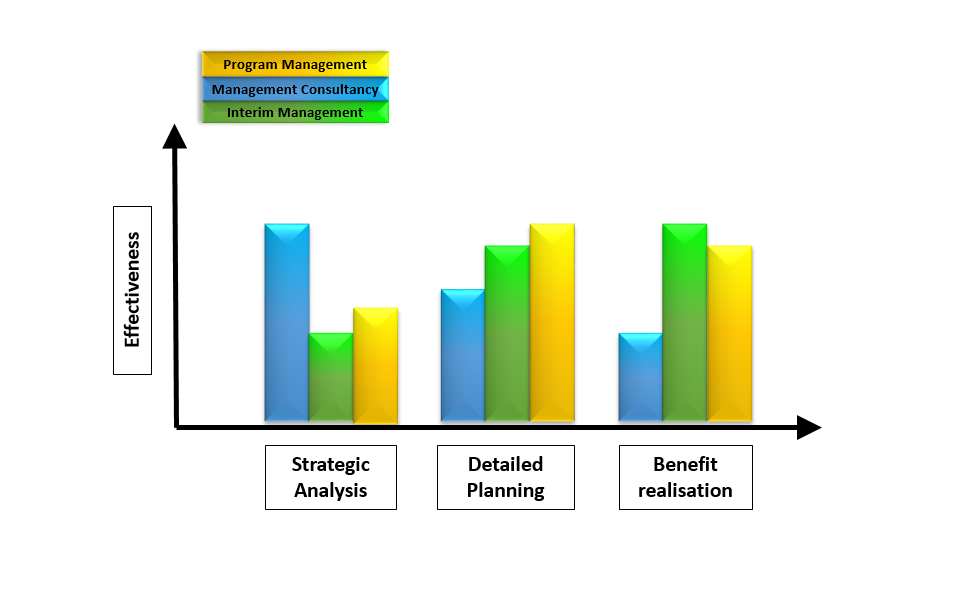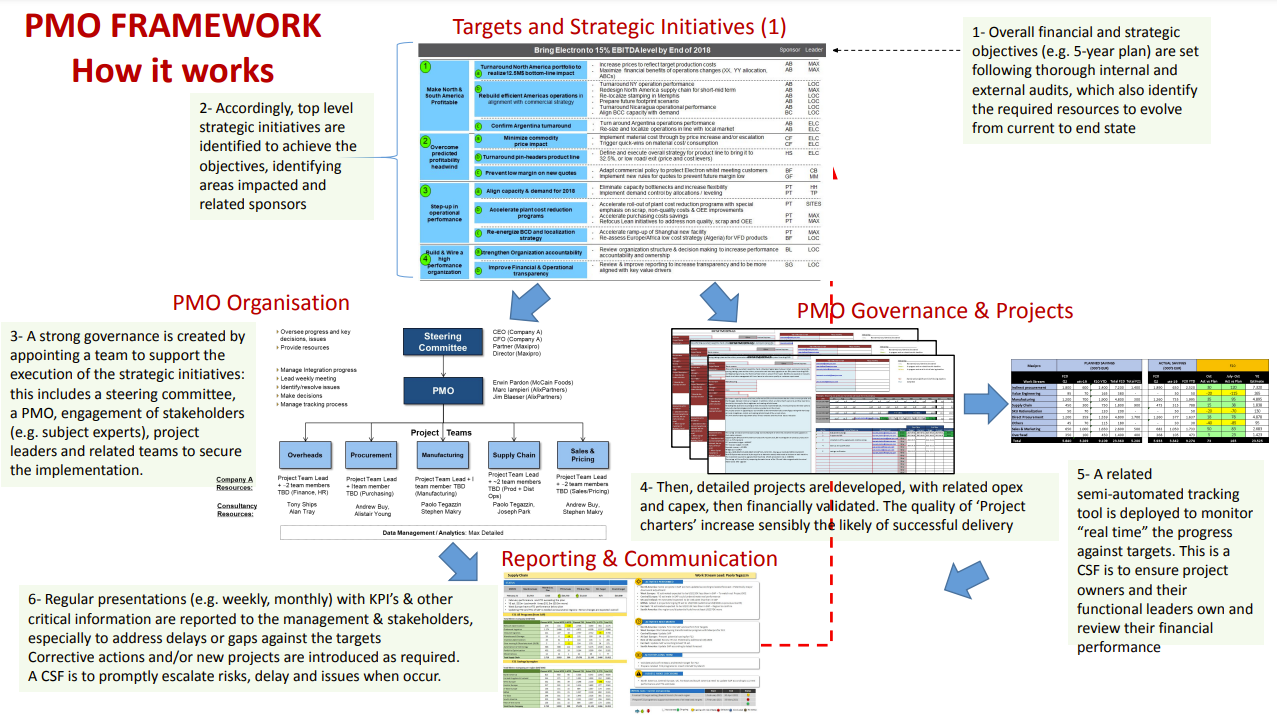
PMO
Historically, the PMO was set-up to develop and eventually execute high-impact strategic initiatives needed to ensure the business survival, achieve step changes in performance or gain market leadership. Today, ever-changing and global competitive environment make the PMO often a permanent function both at corporate and regional level. Conversely, it is a kind of an evolution of the Chief Strategic Office, but with more focus on the execution of multiple projects under the same leadership. Nevertheless, the organization structure of the PMO is generally very lean and tends to rely on the personnel of other departments and external resources, however its influence is extremely strong as usually sponsored directly by the CEO and/or the Board of Directors.
Trained in project management by leading institutions and blue chip organizations, Maxipro started applying this competence in one of the most demanding environments: the installation of offshore platform for the oil & gas industry in the North Sea, a very unpredictable and aggressive environment. Here, the margin of error in the scheduling, resource allocation and risks assessment is very tight: components of the structure must be right first time, timeframes are very strict because exposed to sudden change of the weather; health and safety is very sensitive to even small mistakes that can be deadly and costs are seriously affected by delays (lack of oil or gas extraction and rental of very expensive equipment).
The skills required to set-up and lead a PMO are a mix of project management, general management and management consultancy.

PMO FRAMEWORK
How it works
Indeed, it is in the last 20 years, that Maxipro has actually led PMOs and delivered outstanding financial results. These experiences are the best evidence of its expertise in this area: translating strategic initiatives into multiple feasible and financially validated projects with well-defined operational & financial objectives.

Add your title here
This is the text area for this paragraph. To change it, simply click and start typing. Once you've added your content, you can customize its design by using different colors, fonts, font sizes and bullets. Just highlight the words you want to design and choose from the various options in the text editing bar.
This is the text area for this paragraph. To change it, simply click and start typing. After adding your content, you can customize it.
These programs (see PMO Framework below) leverage on a number of activities to deliver success:
- appoint a steering committee and project teams;
- create models to better link operational performance to financial numbers (project charters);
- develop communication plans to influence and eventually engage key stakeholders;
- setup a governance and KPI’s not only to track and present the progress and results, but also to escalate issues, road blockers and opportunities, thus introducing new corrective actions accordingly;
- monitor costs not to reap-off the related benefit of the program (e.g. ROI of a new equipment installed)
As the PMO deals with all functions (operations, SG&A and Finance), it is required to have a good understanding of how all these areas interact with each other as a good general manager does. Moreover, several projects are cross-functional and could be quite complex understanding how they impact the business (e.g. SKU rationalization). Finally, good management consultancy skills are needed to communicated progress and related corrective actions needed to a large and diverse community: Executive management, steering committee, project managers, other internal and external stakeholders in order to gain sufficient support, thus keeping the program on schedule and on target.